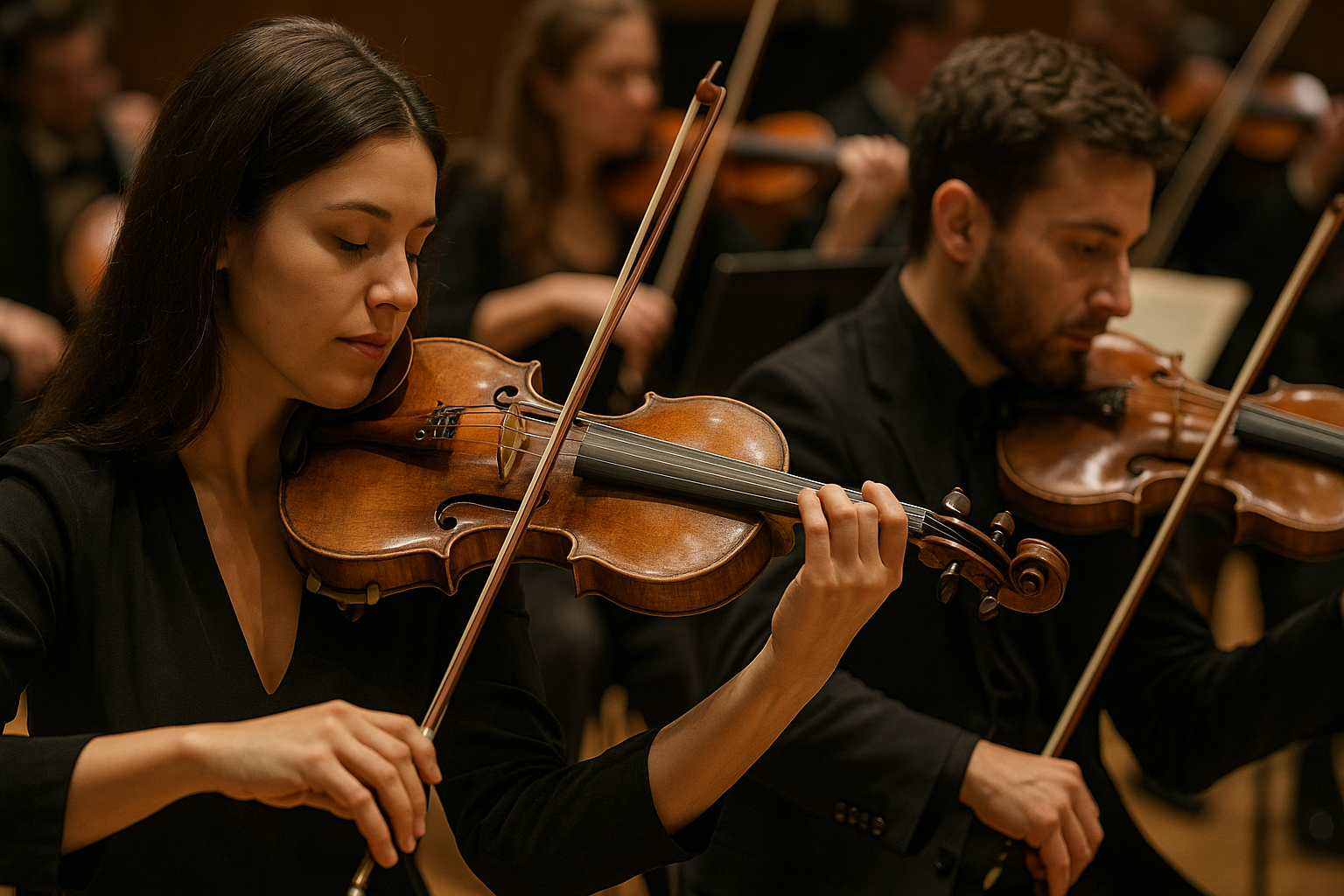When you listen to music, sometimes you hear a single melody standing alone, and other times you hear multiple melodies weaving together like threads in a fabric. That latter technique is called polyphony, and it has shaped music for centuries. For beginners, polyphony might seem confusing at first—how can more than one melody happen at once without sounding chaotic? Yet, with careful listening, polyphony reveals itself as one of the richest and most beautiful aspects of music.
In this article, we will explore what polyphony is, why it matters, its history, and how you can learn to appreciate it—even as a beginner in music.
What Is Polyphony?
Polyphony comes from the Greek words poly (many) and phonos (sound). It refers to music where two or more independent melodies are played or sung at the same time. Unlike simple harmony, where additional notes support a main melody, polyphony treats each melodic line as important on its own.
For example:
- A choir singing different lines at once, where each voice carries a unique melody.
- A fugue by Bach, where multiple melodies enter one after another and overlap.
- A guitar player who picks independent bass lines and melodies simultaneously.
Polyphony is more than just “many notes at once”—it is the art of weaving independent voices into a cohesive whole.
Monophony, Homophony, and Polyphony
To better understand polyphony, it helps to compare it to other textures in music:
- Monophony: A single melody with no accompaniment (for example, a solo singer).
- Homophony: A main melody with harmonic support (a singer accompanied by chords on a piano).
- Polyphony: Multiple independent melodies performed together.
Each texture offers a different listening experience, but polyphony is often the most intricate and layered.
A Brief History of Polyphony
Polyphony developed gradually throughout history:
- Medieval Period: Early forms emerged in church music, with monks singing parallel melodies.
- Renaissance: Polyphony blossomed, with composers like Palestrina and Josquin creating rich vocal works for choirs.
- Baroque Era: Bach mastered polyphony with fugues and canons that remain models of complexity and beauty.
- Classical Period: Polyphony became more balanced with homophony but was still present in symphonies and chamber music.
- Modern Music: Polyphony appears in jazz improvisation, progressive rock, and even electronic music where layers interact.
Understanding this history helps us appreciate how polyphony shaped the very foundation of Western music.
Why Polyphony Matters
Deepens Listening Skills
Polyphony challenges the ear to follow multiple lines at once. This active listening sharpens musicianship.
Builds Musical Appreciation
By hearing how melodies interact, you begin to appreciate structure, balance, and creativity in music.
Connects to Culture
Polyphony reflects different traditions. For instance, Georgian folk polyphony has a raw, earthy quality very different from European Renaissance polyphony.
Inspires Musicianship
Practicing polyphonic pieces teaches independence, coordination, and focus, which strengthen overall skills.
How to Appreciate Polyphony as a Beginner
Start With Vocal Polyphony
Listening to a cappella choirs is a gentle introduction because voices are easier to follow than instruments.
Follow One Line at a Time
Instead of trying to hear everything, choose one melody and focus on it. Once you are comfortable, add another.
Listen Repeatedly
Polyphony often reveals new details with each listen. Play a piece multiple times to catch interactions you missed before.
Compare Recordings
Different performers bring out different voices. Comparing recordings helps you understand which melodies are emphasized.
Sing or Hum Along
Even humming a single voice line helps you connect with polyphony on a deeper level.
Exercises for Training Your Ear to Polyphony
- Two-Voice Practice
Play or listen to simple two-part inventions (like Bach’s). Focus on hearing both voices distinctly. - Call-and-Response Singing
Sing one melody, then another, then try combining them. This trains independence. - Score Following
Follow along with sheet music while listening to a polyphonic piece. Visual cues make it easier to hear voices. - Layered Listening
Listen to a piece and identify which instrument or voice enters at each point. - Duet Practice
Play or sing duets with another musician. Concentrate on keeping your line independent while blending with theirs.
Polyphony in Different Genres
- Classical: Fugues, canons, and choral works.
- Jazz: Improvised lines interacting simultaneously.
- Rock: Bands like Queen used vocal layering for polyphonic textures.
- Folk: Many traditions, from Africa to Eastern Europe, include polyphonic singing.
- Electronic: Modern producers build tracks with layered, independent melodic lines.
Polyphony isn’t limited to “serious” music—it’s everywhere, if you learn to listen for it.
The Challenges of Playing Polyphony
Performing polyphony is more difficult than listening. Musicians must:
- Keep independent lines balanced.
- Avoid letting one melody dominate unintentionally.
- Develop coordination between hands or voices.
- Maintain clarity so listeners can follow.
Practicing polyphony develops focus, independence, and technical strength.
The Emotional Power of Polyphony
Beyond technical beauty, polyphony has emotional weight. Hearing multiple voices intertwine mirrors human experiences—different individuals moving together in harmony and contrast. It creates richness, tension, and resolution that resonates deeply with listeners.
Think of a choir: each singer contributes a different voice, yet together they create something larger than the sum of parts. That unity-in-diversity is the heart of polyphony.
Long-Term Benefits of Appreciating Polyphony
- Trains your ear for detail and nuance.
- Expands your understanding of musical styles.
- Strengthens focus and patience.
- Deepens appreciation for composers and performers.
- Inspires creativity in your own music-making.
Final Thoughts: Many Voices, One Music
Polyphony teaches us that music is not always about a single leader or a single voice. It is about collaboration, independence, and harmony between equals. For listeners, learning to appreciate polyphony opens doors to deeper musical enjoyment. For musicians, practicing it strengthens technical and emotional expression.
The next time you hear a polyphonic piece—whether a Bach fugue, a jazz jam, or a layered rock anthem—don’t just hear “many notes at once.” Listen for the conversations happening between voices. You’ll discover a richness that makes music not just sound, but life itself, expressed in sound.
